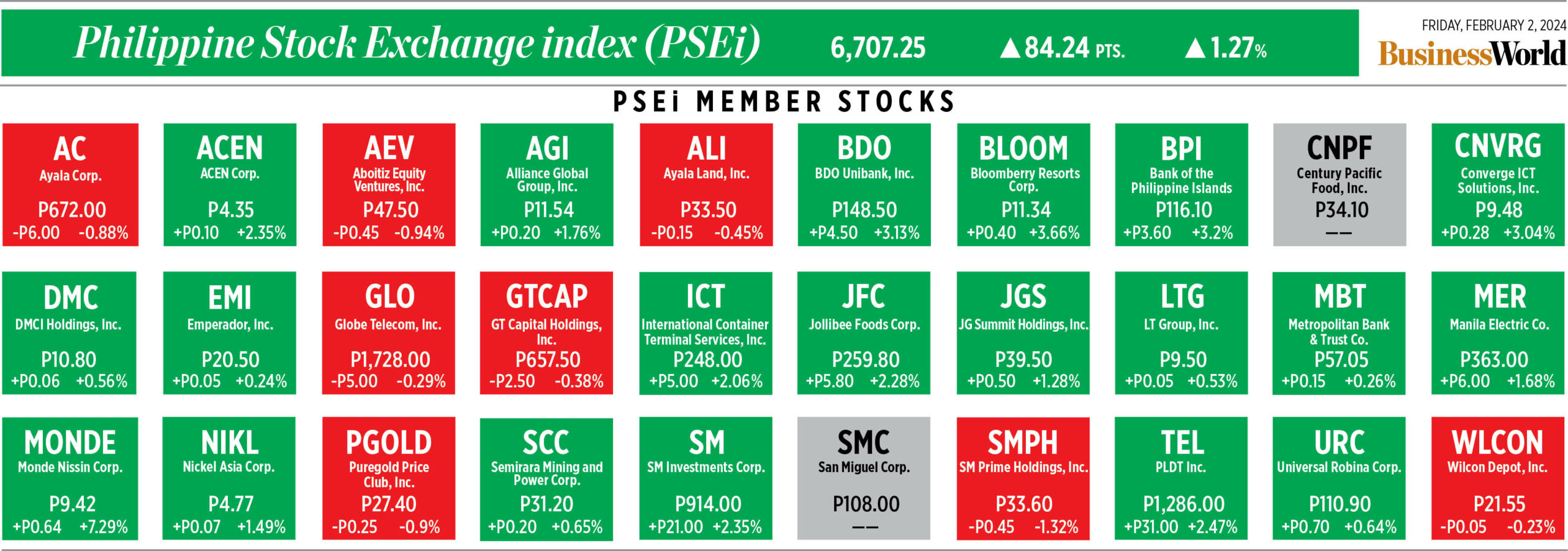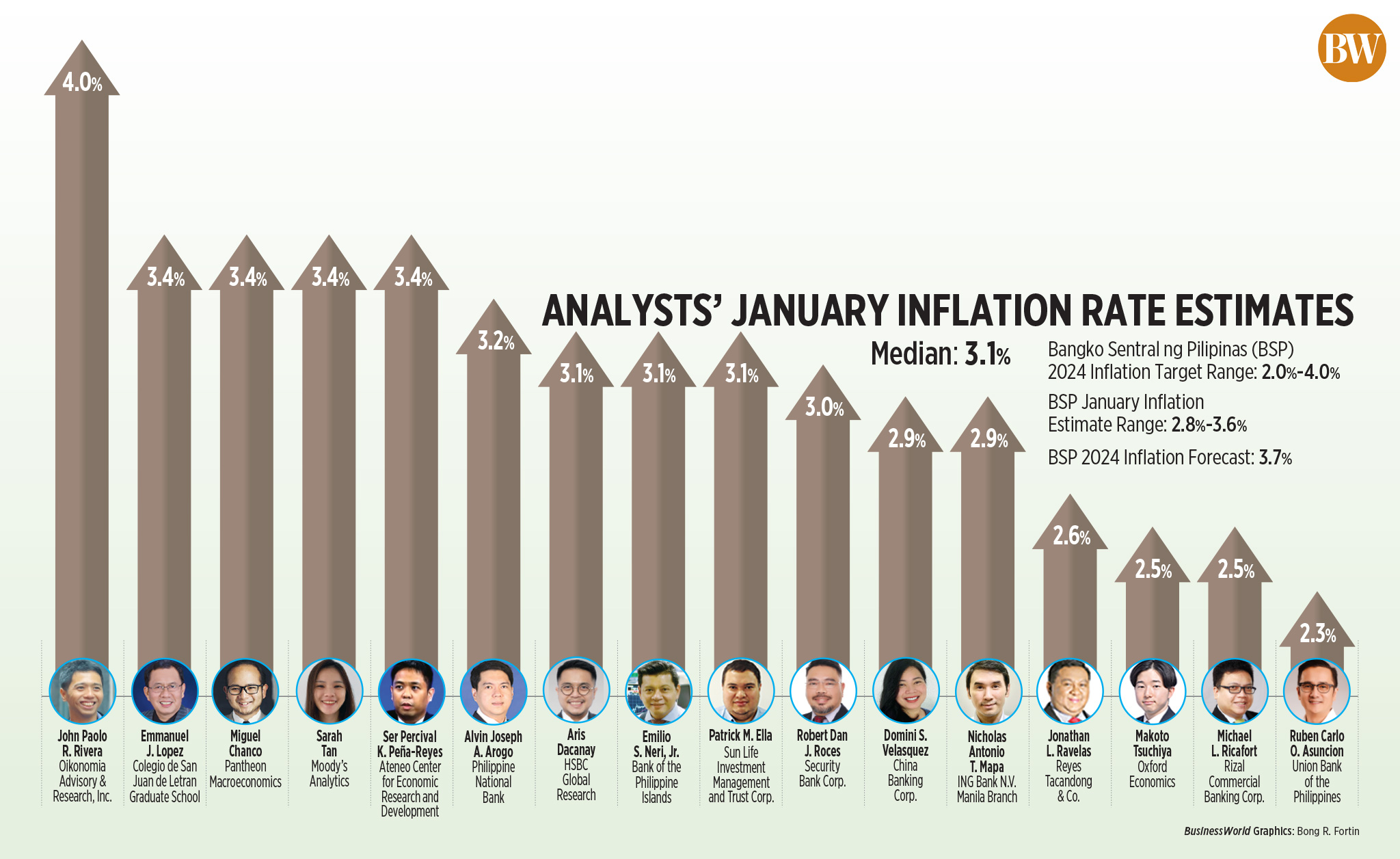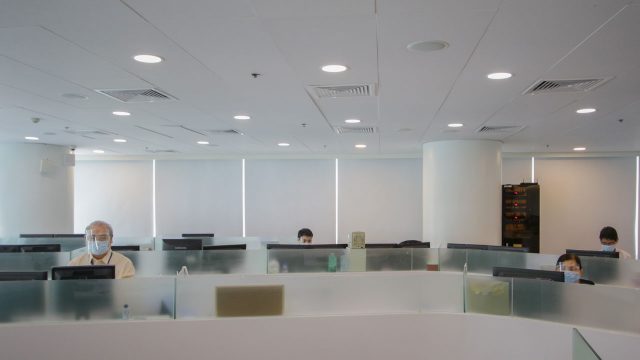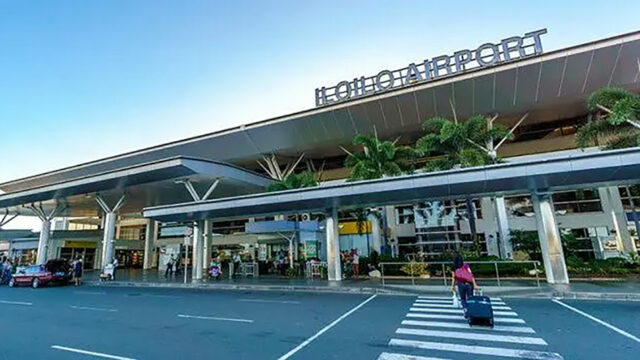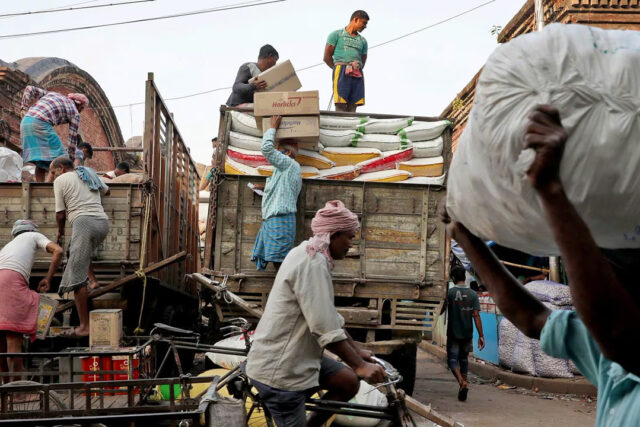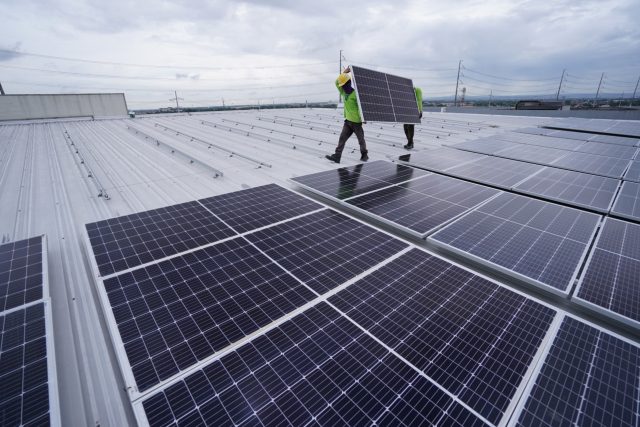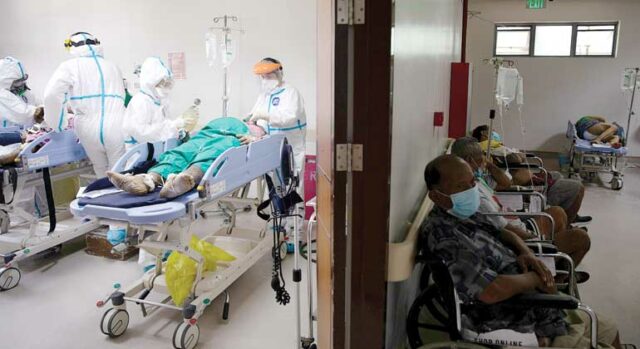Ensuring access to mental health services
The COVID-19 pandemic has had a harmful impact on mental health. A great number of people across the globe reported psychological distress and symptoms of depression, anxiety, or post-traumatic stress. Furthermore, there were worrying signs of more widespread suicidal thoughts and behaviors, including among healthcare workers, according to the World Health Organization (WHO).
Filipino youth were not spared from the pandemic’s negative effects on mental health as well. The 2021 Young Adult Fertility and Sexuality Study (YAFS5) found that the percentage of Filipinos aged 15-24 who ever considered ending their life or attempted suicide more than doubled between 2013 and 2021. Likewise, the percentage of Filipino youth who often felt depressive symptoms almost doubled from 2013 to 2021. Depressive symptoms include feeling lonely, sad, or depressed, and feeling disliked by other people.
YAFS5 is the fifth in the series of nationwide surveys on Filipino youth led by the University of the Philippines Population Institute (UPPI) and funded by the Department of Health (DoH). Participated in by 10,949 randomly selected youth aged 15-24, the study examined two sets of mental health indicators, namely depressive symptoms and suicidal experiences, which the YAFS has tracked since 2002. As the study was conducted at the height of the pandemic, the UPPI noted that physical and social isolation may have gravely affected young Filipinos’ disposition.
There is no single cause for mental disorders, and a number of factors can contribute to the risk for mental illness. The Centers for Disease Control and Prevention said that among these factors include adverse childhood experiences, experiences related to other ongoing chronic medical conditions, biological factors, use of alcohol or drugs, and having feelings of loneliness or isolation.
The study also revealed the stigma attached to mental disorders and suicide. Six in 10 of those who ever thought of committing suicide did not reach out to anyone for help. The few who did so mostly sought help from close friends or peers (25%), followed by parents/guardians (7%) and other relatives (5%). Even among those who acted on their suicidal thoughts, only 4% consulted a mental health professional. In every 10 young Filipino adults, only one was aware of any suicide prevention program or support.
Signed into law in 2018, the Mental Health Act affirms the basic right of all Filipinos to mental health as well as the fundamental rights of people who require mental health services. In line with the provisions of the landmark law, the Philippine Health Insurance Corp. (PhilHealth) launched its expanded mental health benefits package for outpatient services in October 2023. In partnership with the National Center for Mental Health (NCMH), PhilHealth will implement a progressive mental health package, providing members, as well as their dependents, with responsive benefits that ensure financial risk protection as they undergo treatment for anxiety, depression, and other mental health problems.
PhilHealth’s expanded mental health benefits package for outpatient services includes consultations, diagnostic follow-up, psychoeducation, and psychosocial support that will soon be available in accredited mental health outpatient facilities.
The National Institute of Mental Health (NIMH) said that there will be a need to seek professional help if one is experiencing severe or distressing symptoms that have lasted two weeks or more such as difficulty sleeping; appetite changes that result in unwanted weight changes; struggling to get out of bed in the morning because of mood; difficulty concentrating; loss of interest; and inability to perform usual daily functions and responsibilities.
The NIMH said that caring for mental health could include setting goals and priorities, staying connected, pursuing a relaxing activity, making sleep a priority, eating healthy and getting regular exercise among others.
Over the past 50 years, pharmaceutical innovation has also contributed in transforming mental and neurological disorders (MNDs) from highly stigmatized and poorly understood diseases into treatable and often curable conditions. New medicines offer hope of reducing the devastating impact of MNDs globally, but innovative and holistic solutions will require a fundamental understanding of the diseases as well as creative partnerships between our industry, governments, the WHO and other stakeholders.
The biopharmaceutical industry advocates for a multi-stakeholder approach to overcome scientific, social, financial, and health-related hurdles to this public health challenge.
Teodoro B. Padilla is the executive director of Pharmaceutical and Healthcare Association of the Philippines (PHAP). PHAP represents the biopharmaceutical medicines and vaccines industry in the country. Its members are in the forefront of research and development efforts for COVID-19 and other diseases that affect Filipinos.



